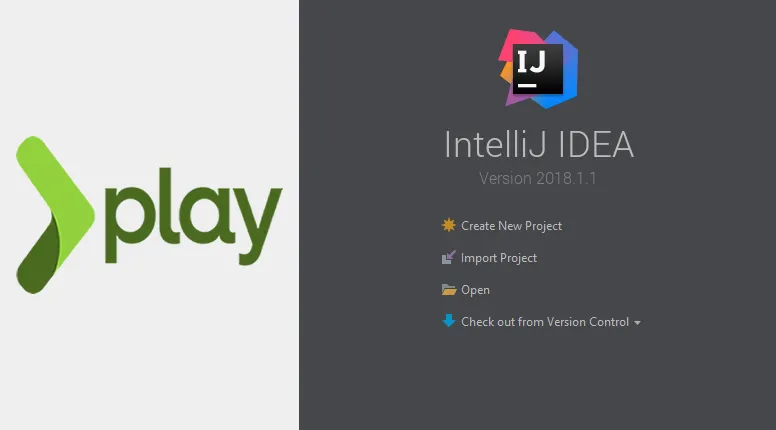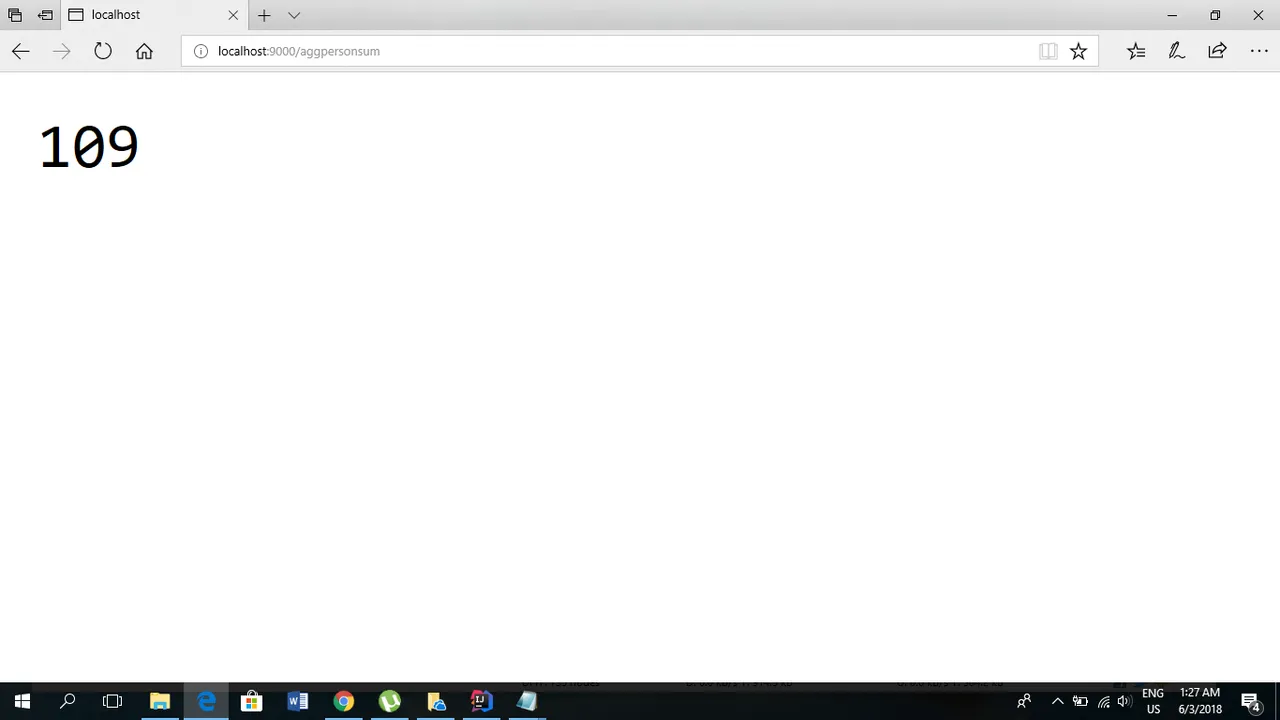
Repository
https://github.com/playframework/playframework
What Will I Learn?
In this tutorial you will learn the following
- How to carry out aggregations in play(Scala) using slick
- You will learn about Queries, Actions, and Futures
Requirements
The following are required in order to properly follow along this tutorial.
- Intellij IDEA
- sbt
- playframework with slick installed
- Web browser
- Basic knowledge of Scala programming language
Resources
- Slick website:- http://slick.lightbend.com/
- Slick repository:- https://github.com/slick/slick
- Slick License:- BSD-style license
Difficulty
- Intermediate
Tutorial Contents
In today's tutorial we are going to learn how to carry out aggregations in play(scala) 2.6.x . This tutorial is a continuation of previous tutorials. Links to the previous are available on the curriculum section. Before we continue let's look at some basic concepts
Queries, Actions and Futures
i. Queries
Queries are used to build SQL, queries can be modified using map and filter. The filter acts as a Where clause, while the map acts like a select statement.
ii. Actions
Actions are things you can run against a database, and they are used to build a sequence of SQL queries. Actions usually make calls to methods like map and filterwhich chain queries together and transform their results once they have retrieved from the database.
iii Futures
These are the results of actions which support a set of Combinators like map and filter. It used used to transform an asynchronous result of running an action. A query is converted to an action by using the result method.
Aggregations in play
Aggregations are carried out using max, min, sum and avg. When included along with Combinators they can be used to find the maximum, minimum, sum and average of a set of numbers. After running our query we will attempt to carry out aggregations on the results. So let's open our IDE IntelliJ and type the following code into our UserController class found in our app/models package. We are simply adding the code to the already existing code in our model
def aggMax (): Future[Option[Int]] = db.run {
people.map(_.age).max.result
}
def aggMin (): Future[Option[Int]] = db.run {
people.map(_.age).min.result
}
def aggSum (): Future[Option[Int]] = db.run{
people.map(_.age).sum.result
}
def aggavg (): Future[Option[Int]] = db.run{
people.map(_.age).avg.result
}
Code explanation
We have defined a function called
aggMax (), which takes no parameters, this is because we are not carrying any filtering.Since the result we are going to return from the database is an integer, we will set the
Futureof the query to an integer by typingFuture[Option[Int]]We can the run our query using the
db.run()function.We create our query by using the
mapCombinator. We are selecting theagecolumn, and we want to return the maximum of all ages, so we can achieve that by addingmaxafter themapfunction.We convert our query into an action by calling the
resultfunctionWe do the same thing for the
aggMin (),aggSum (),aggavg (), these functions return our minimum, sum and average respectively. The only difference is that we appendmin,sumandavgto the others.
These functions will be defined in our models since we are creating our queries.
The next thing we need to do is move to our app/controllers package where we will create our business logic. It's in our controller that we can call all the queries we just defined. We will define different methods for all the functions created in our models, so let's do that.
def aggPeople () = Action.async {
implicit request =>
repo.aggMax().map { people =>
Ok(Json.toJson(people))
}
}
def aggPeopleMin () = Action.async {
implicit request =>
repo.aggMin().map { people =>
Ok(Json.toJson(people))
}
}
def aggPeopleSum() = Action.async {
implicit request =>
repo.aggSum().map { people =>
Ok(Json.toJson(people))
}
}
def aggPeopleAvg() = Action.async {
implicit request =>
repo.aggavg().map { people =>
Ok(Json.toJson(people))
}
}
Code explanation
We define a method called
aggMax ()which will calculate the maximum of all the data in the age column. It doesn't accept any parameter and it returns an integer.We uses an asynchronous action which creates an implicit request to calculate the maximum of data and display the data
We call the
aggMax()function which we created in our models package by making reference to therepoobject which references our model known asUserRepositoryThe retrieved data is mapped into a variable known
peoplewhich will be displayed as JSONUsing the
Okmethod we display the data as JSON, thetoJSON()accepts the data to display as a parameter.The same thing is done for the other methods,
aggPeopleMin (),aggPeopleSum(), andaggPeopleAvg(), these methods calculate the minimum, sum and average respectively.
Now to run these queries and view their results we will initiate GET requests inside our routes (conf/routes) file.
GET /agperson controllers.UserController.aggPeople
GET /agpersonmin controllers.UserController.aggPeopleMin
GET /aggpersonsum controllers.UserController.aggPeopleSum
GET /aggpersonavg controllers.UserController.aggPeopleAvg
Code explanation
We create 4 get requests which corresponds to the various controller methods
/agpersoncorresponds toUserController.aggPeople()function which returns the maximum of the ages in theagecolumn./agpersonmincorresponds toUserController.aggPeopleMin()function which will return the minimum in theagecolumn./aggpersonsumuses aGETmethod to calculate the sum of the age in the age column.Typing
/aggpersonavgon the browser, would return the average of the age in theagecolumn.
Running the application
To run your application
- Open command prompt and navigate to your project folder
- Type
sbt - Type
run - To run the individual routes of application type the following routes in your browser differently
localhost:9000/agperson
localhost:9000/agpersonmin
localhost:9000/aggpersonsum
localhost:9000/aggpersonavg
Screenshot showing result of sum

Proof of Work Done
All the code used in this tutorial can be found below
https://github.com/leczy642/play-scala-slick-CRUD
Curriculum
- Creating a user registration system in play 2.6.x (scala) using mysql
- Creating a user registration system in play 2.6.x (Scala) using mysql part2: Retrieving data in JSON format and navigating with routes
- Retrieving a particular user and initiating GET requests in play 2.6.x(Scala)
- Updating a particular user in play 2.6.x using slick
- Deleting a User and sorting elements in play(Scala) 2.6.x